Listen Technologies Portable FM 863 MHz Guide
Other Listen Technologies Transmitter manuals
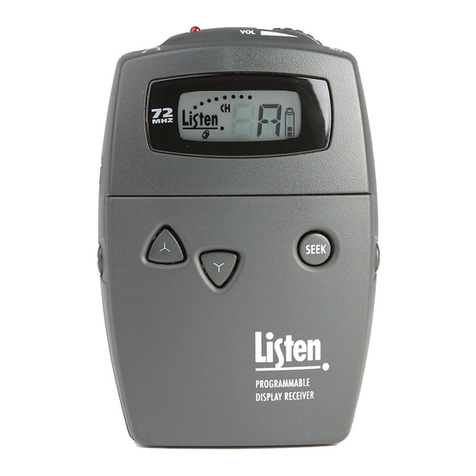
Listen Technologies
Listen Technologies LT-700-150 User manual

Listen Technologies
Listen Technologies LT-84 User manual

Listen Technologies
Listen Technologies LT-84 User manual
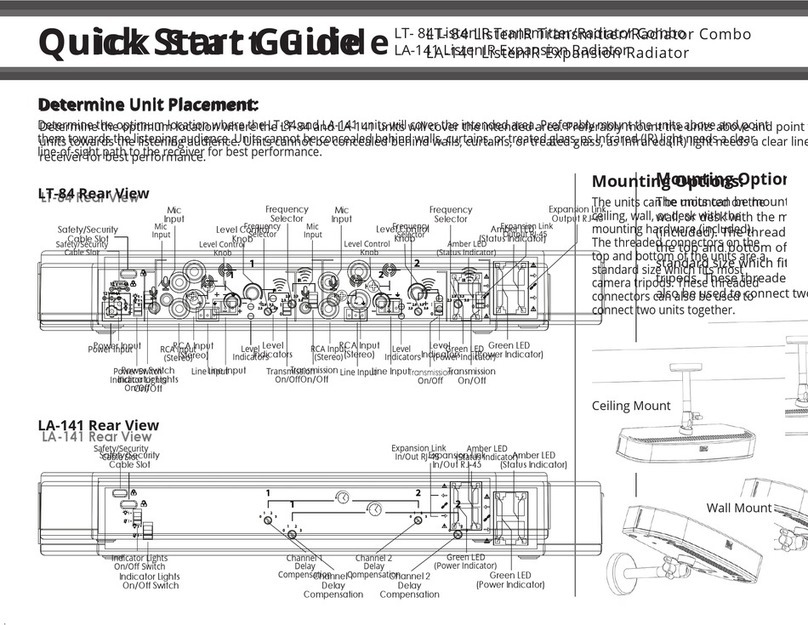
Listen Technologies
Listen Technologies LT-84 User manual
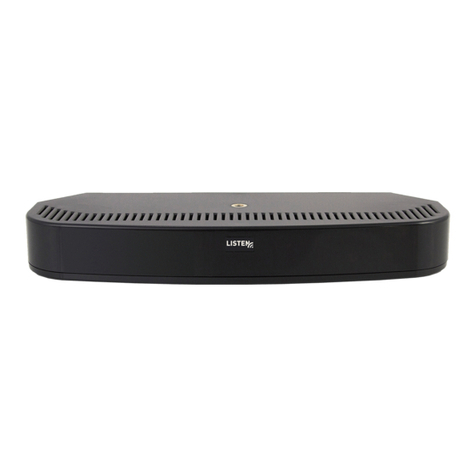
Listen Technologies
Listen Technologies LT-84 User manual
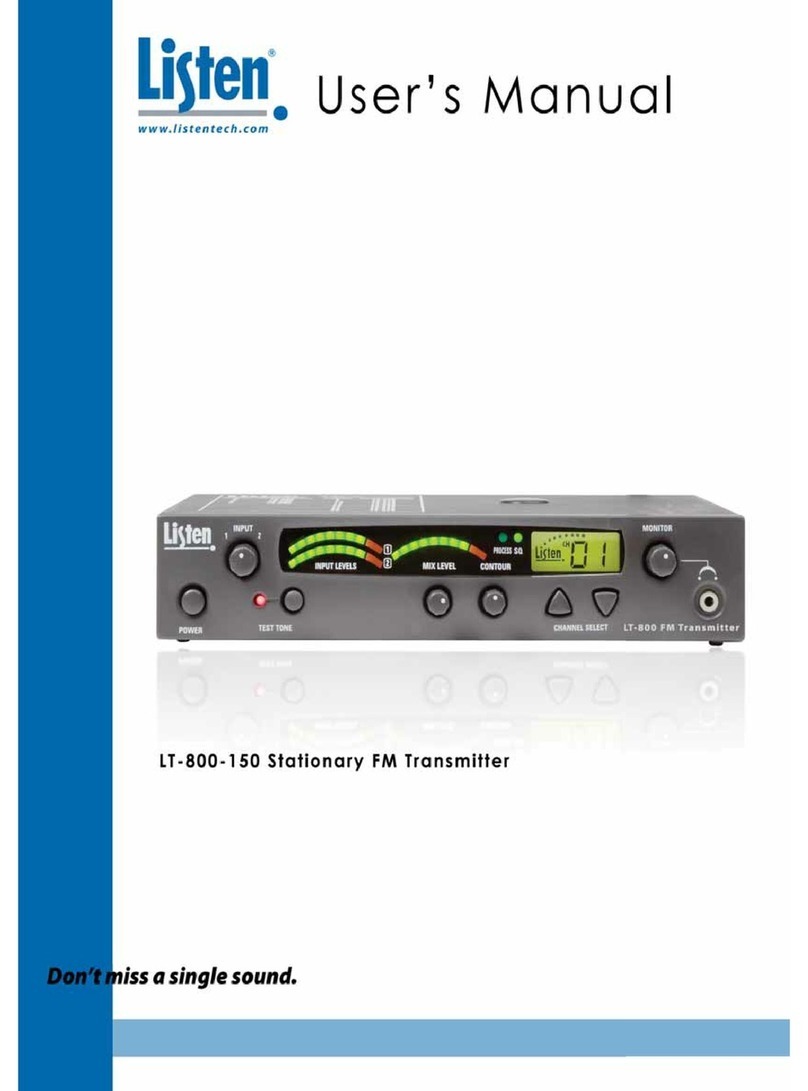
Listen Technologies
Listen Technologies LT-800-150 User manual

Listen Technologies
Listen Technologies ListenPoint LPT-T216 User manual
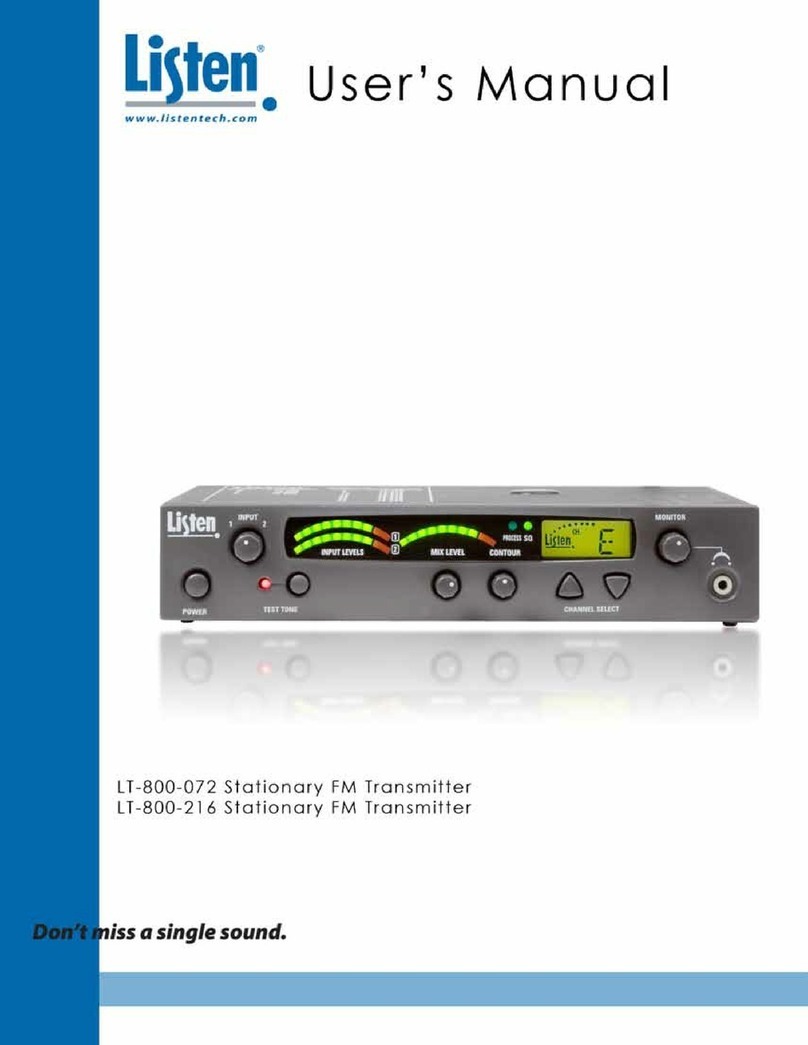
Listen Technologies
Listen Technologies NOT FLJ LT-800-072 User manual
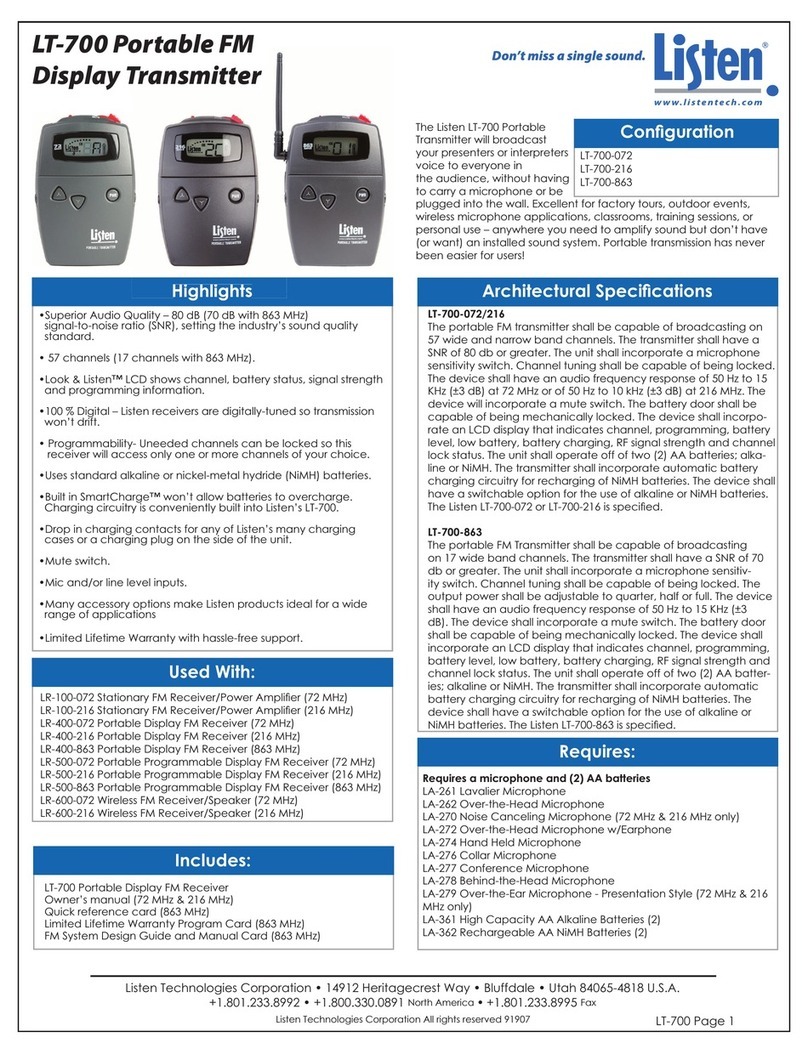
Listen Technologies
Listen Technologies LT-700-072 User manual
Popular Transmitter manuals by other brands

Geo
Geo Web Pack quick start guide

Inovonics
Inovonics EchoStream EN1210W installation instructions

IKONNIK
IKONNIK KA-6 quick start guide

Rohde & Schwarz
Rohde & Schwarz SR8000 Series System manual

Audio Technica
Audio Technica UniPak ATW-T93 Installation and operation

NIVELCO
NIVELCO EasyTREK SCA-300 Series Programming manual





















